15 Horror Films with Legendary Practical Effects
Horror films have always been known for their ability to evoke fear and suspense. One of the key elements that make these films so terrifying is their use of practical effects. From gruesome monsters to shocking transformations, practical effects bring horror to life in ways that CGI sometimes cannot. These techniques involve prosthetics, animatronics, and clever makeup, creating realistic creatures and disturbing scenes. Over the years, numerous horror films have become legendary for their groundbreaking practical effects. Whether it’s the chilling alien in The Thing or the terrifying werewolf transformations in An American Werewolf in London, practical effects have played a huge role in shaping the genre.
This post may contain affiliate links, which helps keep this content free. Please read our disclosure for more info.
The Thing (1982)
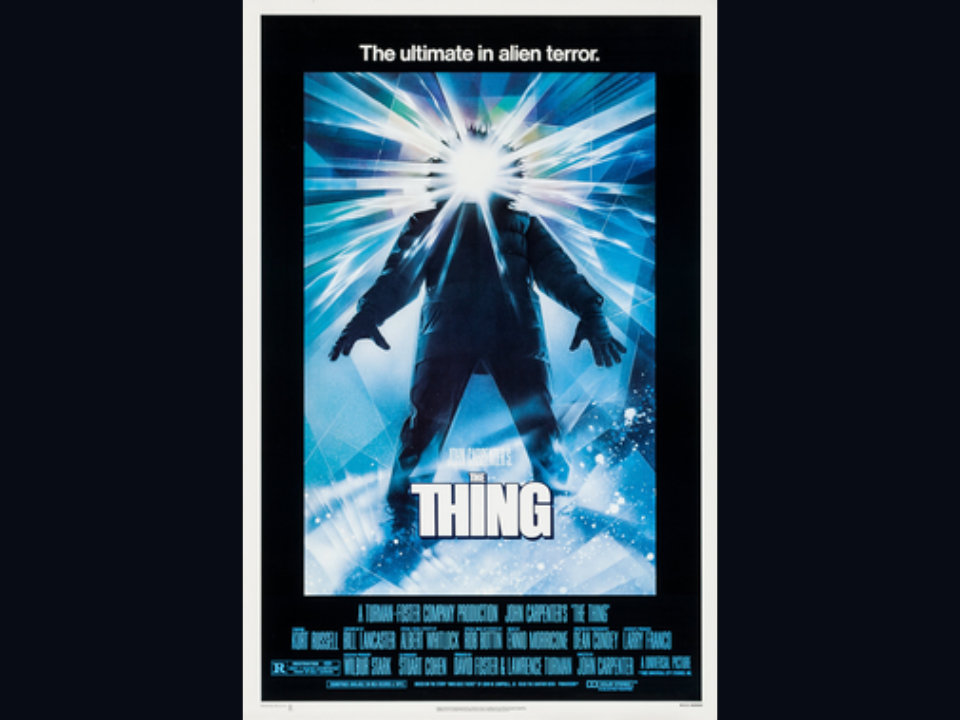
John Carpenter’s The Thing remains a benchmark in horror due to its groundbreaking practical effects. The film features shape-shifting alien creatures that can mimic human forms, and the practical effects used to bring these creatures to life are both disturbing and fascinating. The team behind the effects, led by Rob Bottin, used animatronics, puppetry, and stop-motion to create the horrific transformations and grotesque monster designs that still hold up today.
The practical effects were revolutionary for their time and helped to solidify the film’s place in horror history. Many of the scenes are so well done that they look incredibly lifelike, which only enhances the terrifying atmosphere. The creature effects are still considered some of the most impressive in film, with their intricate details and practical execution making them timeless.
An American Werewolf in London (1981)
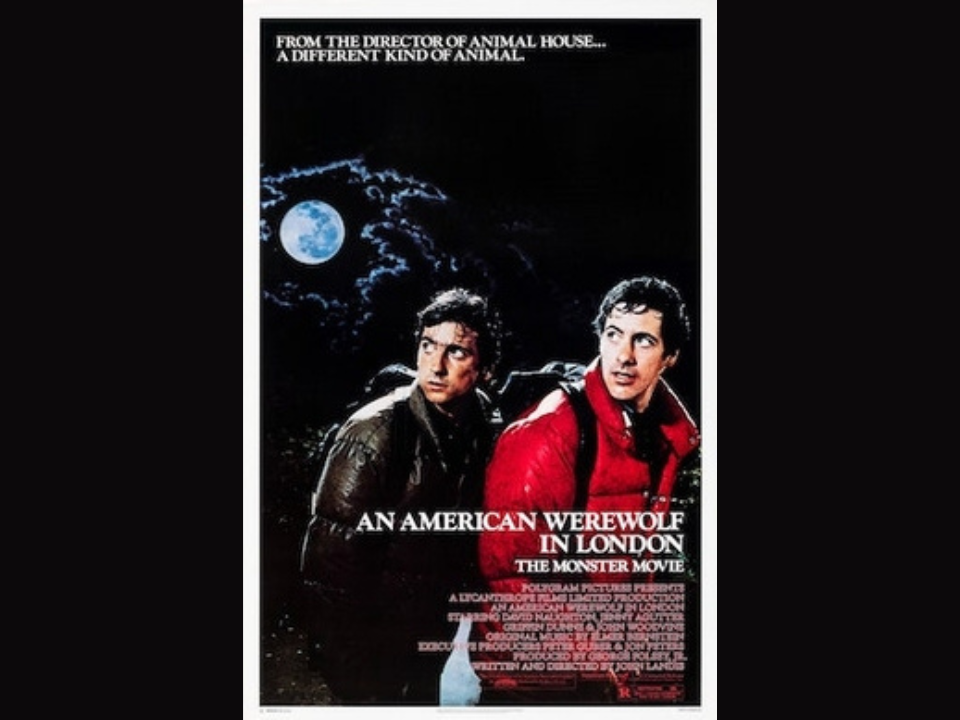
An American Werewolf in London set the bar for werewolf transformations with its realistic practical effects. Special makeup artist Rick Baker designed the incredible transformation scene, which remains one of the most memorable and disturbing scenes in horror. The use of prosthetics and animatronics during the transformation sequence created a more visceral and believable monster than anything seen before.
The work of Rick Baker earned the film an Academy Award for Best Makeup, cementing the legacy of its groundbreaking practical effects. The transformations were done entirely with practical methods, with no CGI involved, creating a sense of realism that made the horror more palpable. The film’s practical effects continue to influence werewolf depictions in cinema today.
The Evil Dead (1981)
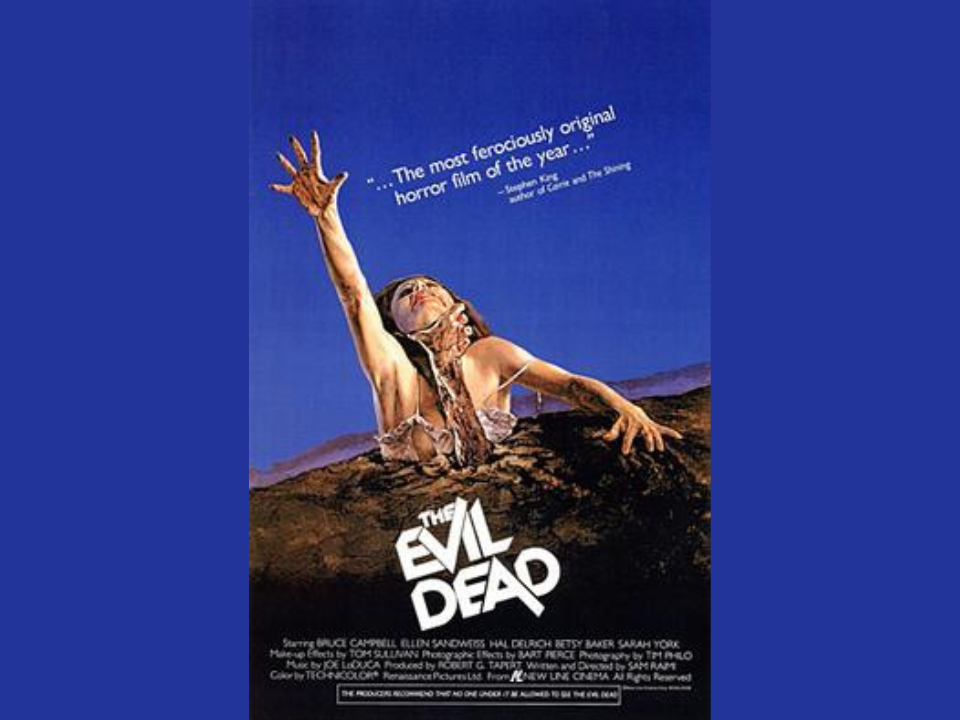
Sam Raimi’s The Evil Dead has earned its place as a horror classic thanks to its inventive and gruesome practical effects. The film, made on a low budget, employed a variety of techniques to create its terrifying atmosphere, from blood-spurting prosthetics to stop-motion skeletons. The iconic scenes of dismemberment and demon possession were achieved using clever camera tricks, puppetry, and practical makeup.
Despite the constraints of a low budget, the effects were both creative and effective, leaving a lasting impression on horror fans. The raw, hands-on approach to creating the grotesque images contributed to the film’s gritty and unforgettable style. Its influence is still felt today in modern horror films that embrace practical effects.
The Fly (1986)
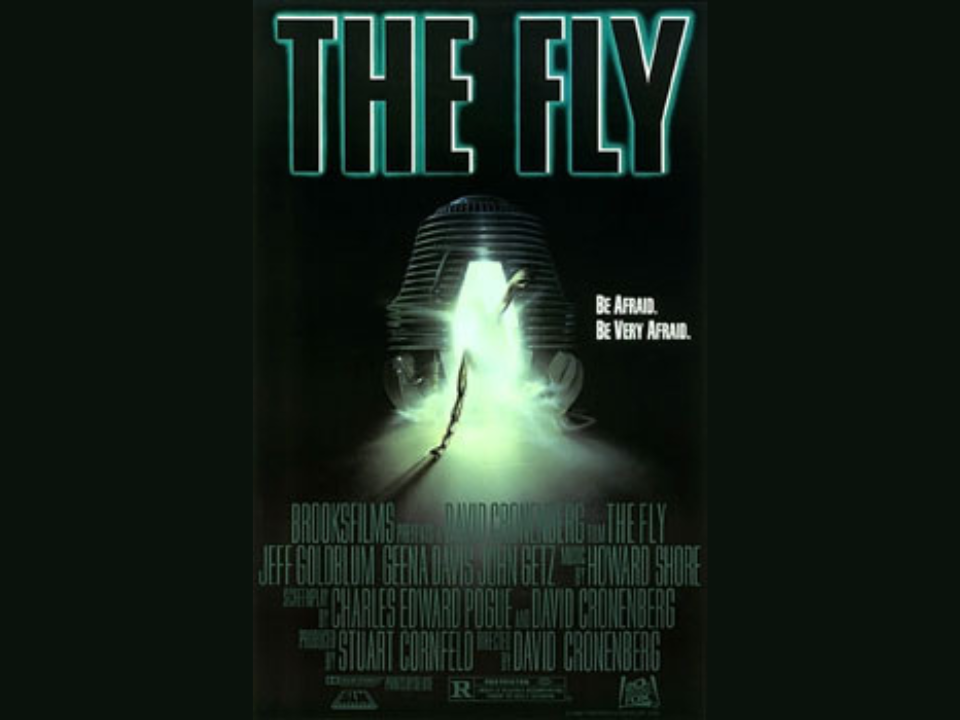
David Cronenberg’s The Fly is a grotesque masterpiece that showcases the unsettling beauty of practical effects. The film’s central character, Seth Brundle, undergoes a horrific transformation into a fly, and the practical effects used to depict his gradual change are both mesmerizing and disgusting. Chris Walas, the film’s special effects artist, used prosthetics, animatronics, and makeup to craft one of the most iconic body horror transformations in cinematic history.
What makes The Fly stand out is how the transformation is shown in stages, with each phase involving different levels of makeup and prosthetics. The effects are so detailed that they make Brundle’s descent into madness and decay feel all too real. The practical effects remain a central reason why the film has endured as a classic in the horror genre.
Hellraiser (1987)
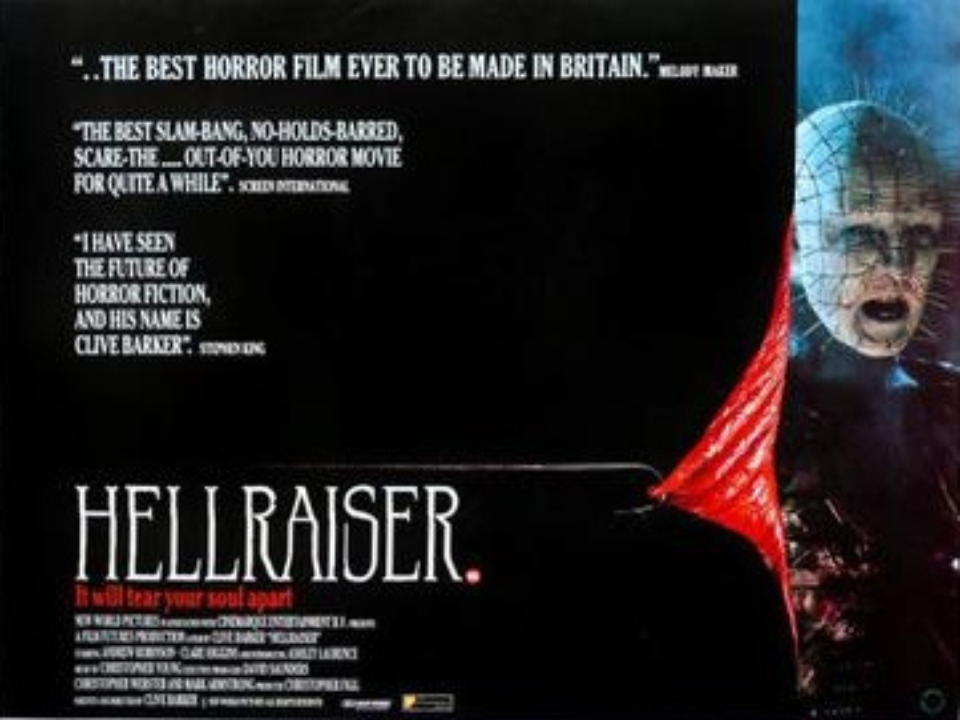
Clive Barker’s Hellraiser introduced audiences to the world of the Cenobites, a group of horrifyingly memorable demons. The practical effects used to create the Cenobites, particularly the iconic Pinhead, were the work of special effects artist Bob Keen. The makeup and prosthetics used to design the Cenobites are considered some of the most terrifying and unique creations in horror history.
The film’s practical effects also included complex mechanisms and puppetry, allowing the Cenobites to perform eerie, otherworldly movements. The attention to detail in their design, from their skin to their grotesque apparatuses, made the creatures feel real and tangible. Hellraiser pushed the boundaries of practical effects, bringing to life the dark and disturbing world that Barker created.
Alien (1979)
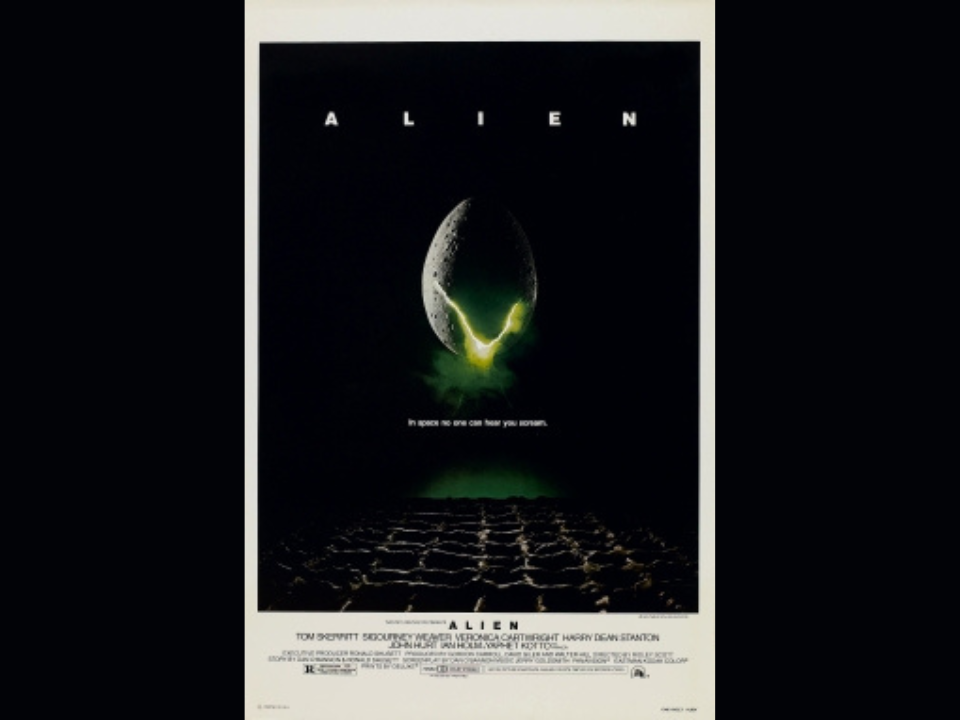
Ridley Scott’s Alien is a film that balances tension, atmosphere, and innovative practical effects to create a timeless horror experience. The Xenomorph, designed by H.R. Giger, remains one of the most iconic monsters in film history, and its practical design, including the suits, animatronics, and puppetry, helped bring the creature to life in ways that CGI could never match. The film’s success relies heavily on its practical effects, particularly in the scenes involving the Xenomorph’s appearances.
The chestburster scene, in particular, is a standout moment, as it used practical effects to create a shocking and disgusting sequence. The use of mechanical props and puppetry helped give the creature a weight and presence that made it feel real. These practical effects played a huge role in making Alien an enduring classic that is still revered by fans of the genre.
The Howling (1981)
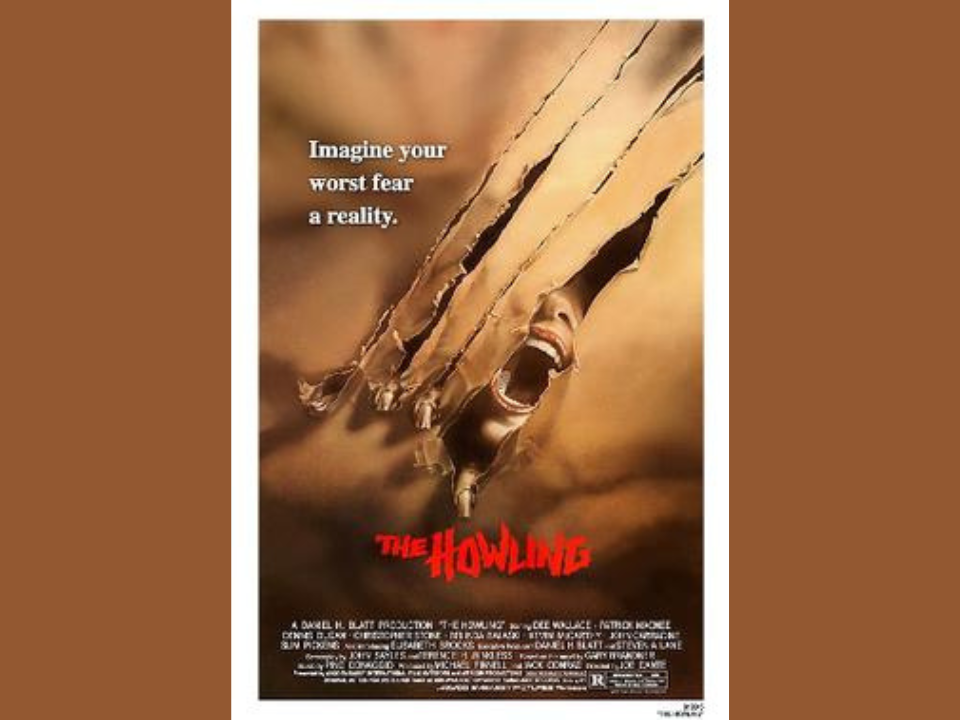
The Howling is another werewolf film that stands out for its impressive practical effects. The werewolf transformation scenes, in particular, are considered some of the best in the genre, using a mix of animatronics, prosthetics, and makeup to create a truly terrifying look. Special effects artist Rob Bottin, who also worked on The Thing, brought his expertise to this film, crafting a werewolf that looked both realistic and monstrous.
The transformations in The Howling are a great example of how practical effects can elevate a horror film. The practical effects are so effective that they have become a key element of the film’s identity. The detailed makeup and animatronics allow for an emotional connection to the characters, as their transformations into monstrous beings feel both painful and horrifying.
The Return of the Living Dead (1985)
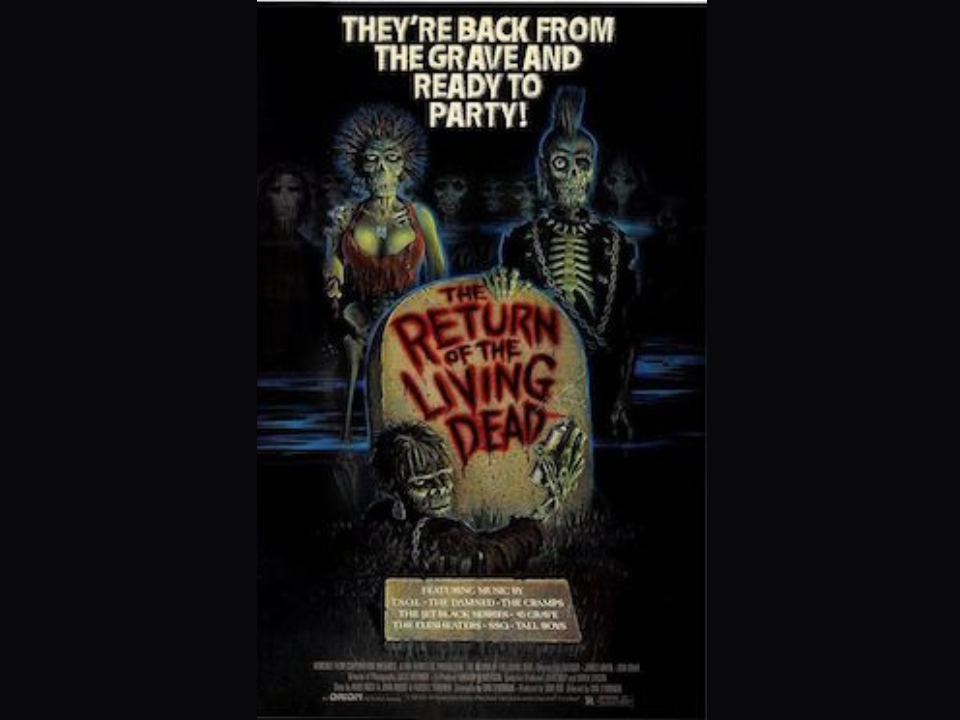
The Return of the Living Dead blends horror and dark comedy with a healthy dose of practical effects that still hold up. The film’s zombies are made with detailed prosthetics, animatronics, and makeup that bring the undead to life in all their gruesome glory. The film’s effects team, led by William Munns, created some of the most memorable zombie designs, especially the Tarman, who became an iconic figure in horror.
The film’s use of practical effects also extends to its impressive gore sequences, which were achieved using a mix of prosthetics and special effects makeup. The humor and horror work together seamlessly, with the practical effects helping to keep the tone consistent. The makeup and practical effects are part of what has kept The Return of the Living Dead a fan favorite among zombie film enthusiasts.
The Thing (2011)

Though not as highly regarded as the 1982 version, The Thing (2011) still stands out for its effort to embrace practical effects, despite the rise of CGI. The prequel used animatronics, prosthetics, and puppetry to create the grotesque alien creatures, bringing the horrific transformations to life in ways that felt visceral. While the film did use CGI for some effects, many of the most memorable and chilling moments were created using practical methods.
The practical effects work in The Thing was appreciated by fans who were eager to see a return to the tactile, hands-on techniques that made the 1982 version so iconic. The team behind the film made sure to include practical effects in as many scenes as possible, ensuring that the horror felt real. The creatures’ designs and the transformations remain an important part of the film’s legacy, even if it doesn’t quite measure up to its predecessor.
Re-Animator (1985)
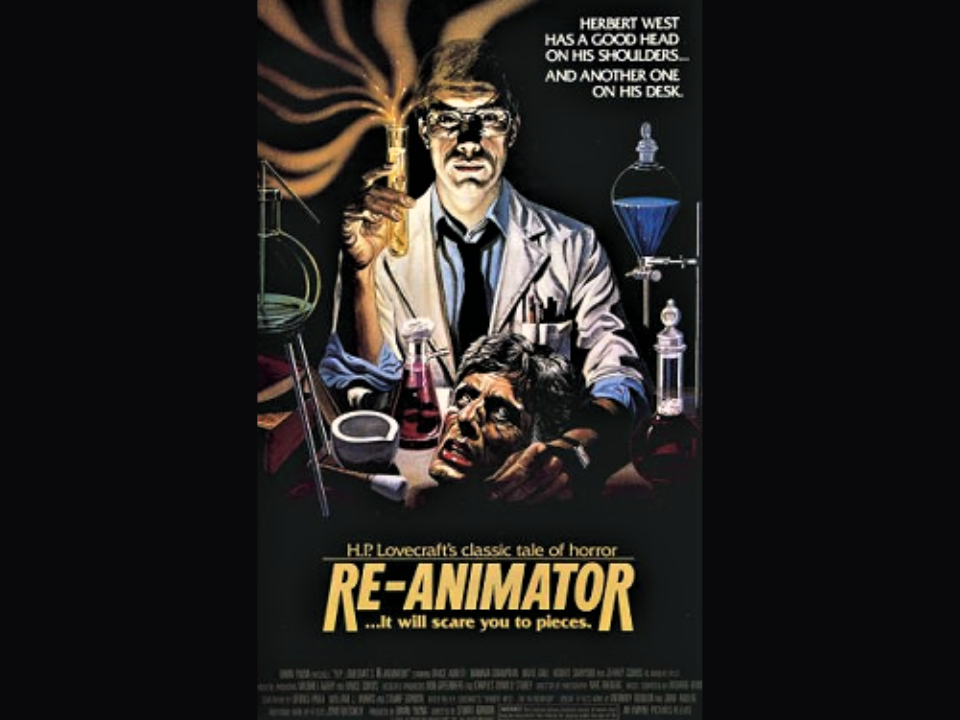
Re-Animator is a cult classic that combines horror and dark comedy with some fantastic practical effects. The film’s effects team, led by John Naulin, created gruesome and over-the-top visuals, including the iconic scene where a reanimated head comes to life. The makeup and prosthetics used in the film add to its campy yet disturbing charm, making it one of the most memorable horror films of the 1980s.
The practical effects in Re-Animator work hand in hand with the film’s absurd tone, allowing for moments of extreme gore and outlandish visuals. The use of blood, prosthetics, and animatronics in various scenes helped to establish the film’s tone and solidified its place in horror history. The film’s practical effects still hold up as a great example of how creativity and practical skills can enhance the horror experience.
The Texas Chain Saw Massacre (1974)
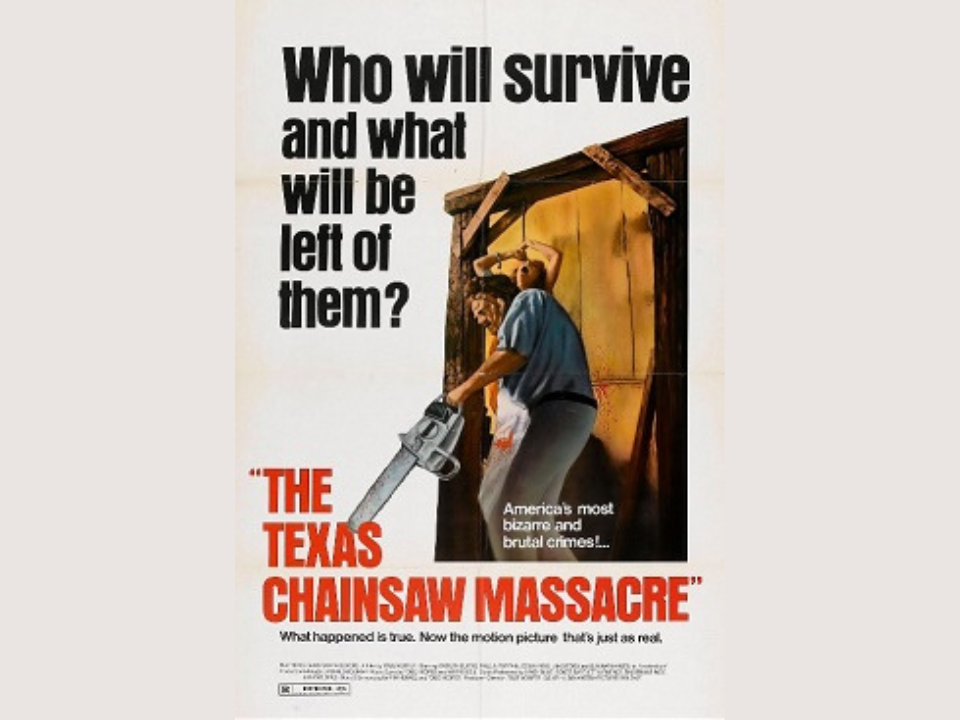
Tobe Hooper’s The Texas Chain Saw Massacre is a groundbreaking film that set a new standard for horror. The practical effects in this film, though subtle, were key to its disturbing atmosphere. The film’s low budget meant that the effects had to be creative, relying on realistic blood and simple but effective makeup to create a sense of terror. The infamous Leatherface mask was designed to look disturbingly lifelike, crafted using a mix of latex and other materials.
Despite its low-budget approach, the film’s practical effects helped create a sense of unease that has lingered for decades. The use of minimal gore and reliance on psychological horror made the scenes more intense, with much of the fear stemming from what is implied rather than shown. The Texas Chain Saw Massacre proves that practical effects do not need to be flashy to be effective; they can be simple and still leave a lasting impact.
Phantasm (1979)
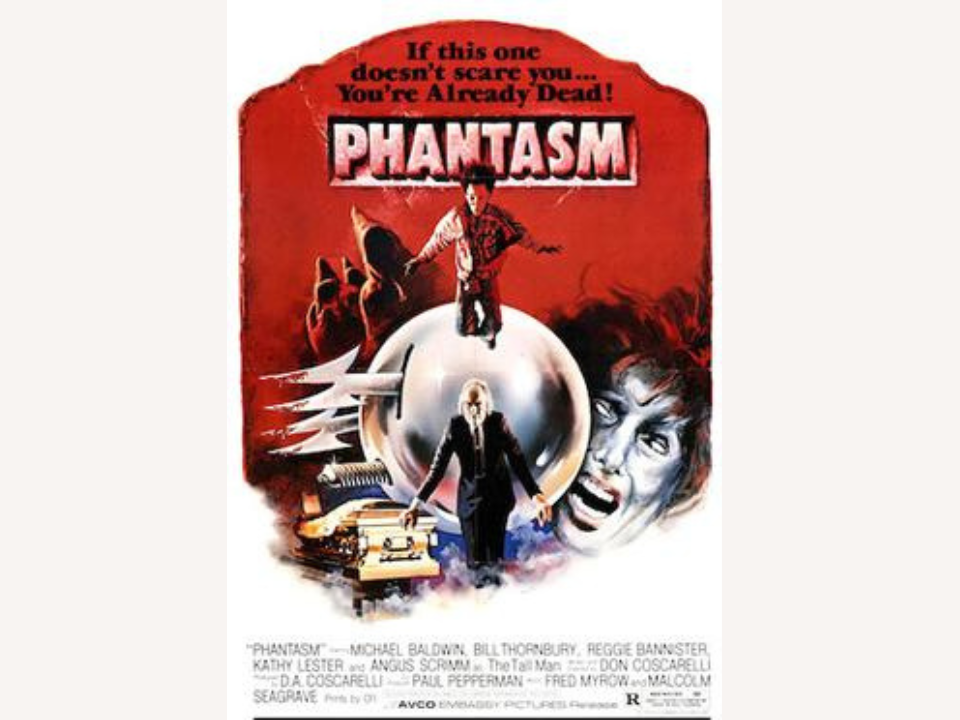
Phantasm is a cult classic known for its surreal and bizarre practical effects, especially the iconic flying sphere. The film’s special effects team, led by Greg Cannon, utilized a variety of techniques to bring the unsettling world of Phantasm to life, including miniatures, animatronics, and practical prosthetics. The flying sphere, in particular, remains one of the most memorable creations in horror, using practical mechanisms to create its deadly movements.
The film’s budget constraints did not stop the crew from achieving some truly unique effects. The combination of strange creatures, unsettling imagery, and practical effects helps to create a sense of otherworldly horror that feels timeless. Phantasm stands as an example of how creativity and resourcefulness can lead to iconic horror moments that still resonate with fans today.
The Blob (1988)
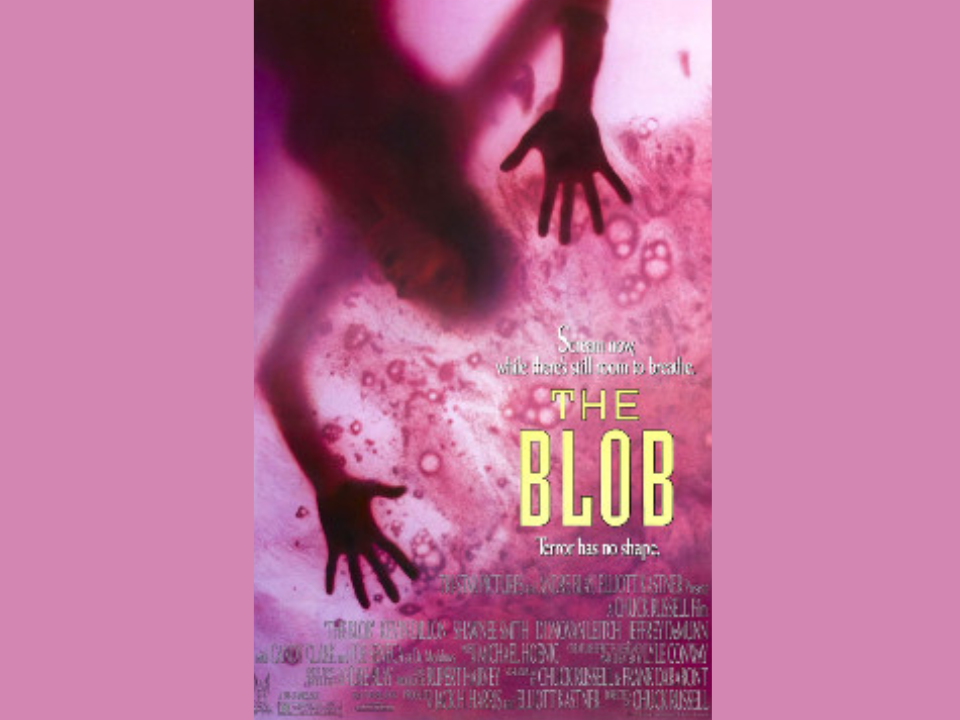
In the 1988 remake of The Blob, the practical effects team employed a variety of techniques to create the film’s horrifying alien creature. The Blob itself was designed using a combination of rubber, latex, and foam, allowing it to move in ways that felt fluid and menacing. The special effects team, led by Tony Gardner, created scenes where the Blob engulfs its victims in a chillingly realistic manner.
The practical effects in The Blob are some of the most inventive in the genre, with the creature’s mass seeming to grow and shift as it moves. The team also used animatronics and puppetry to bring the creature to life in certain scenes, making it feel more tangible and terrifying. The effects team’s attention to detail and the use of practical methods helped to make the Blob an unforgettable presence in horror history.
The Howling (1981)

The Howling is another werewolf film that gained notoriety for its innovative practical effects. The film’s transformation scenes were created using animatronics, prosthetics, and a combination of practical makeup effects that made the werewolf creatures look terrifyingly real. Rob Bottin, who worked on The Thing, was the mastermind behind the film’s effects, creating one of the most iconic werewolf transformations ever seen on screen.
What makes The Howling stand out is the way it combines horror with a sense of realism. The practical effects do not just create a monstrous creature but also explore the emotional and painful aspects of transformation. The use of practical effects in The Howling helped elevate the werewolf genre, setting a new standard for future films.
Gremlins (1984)
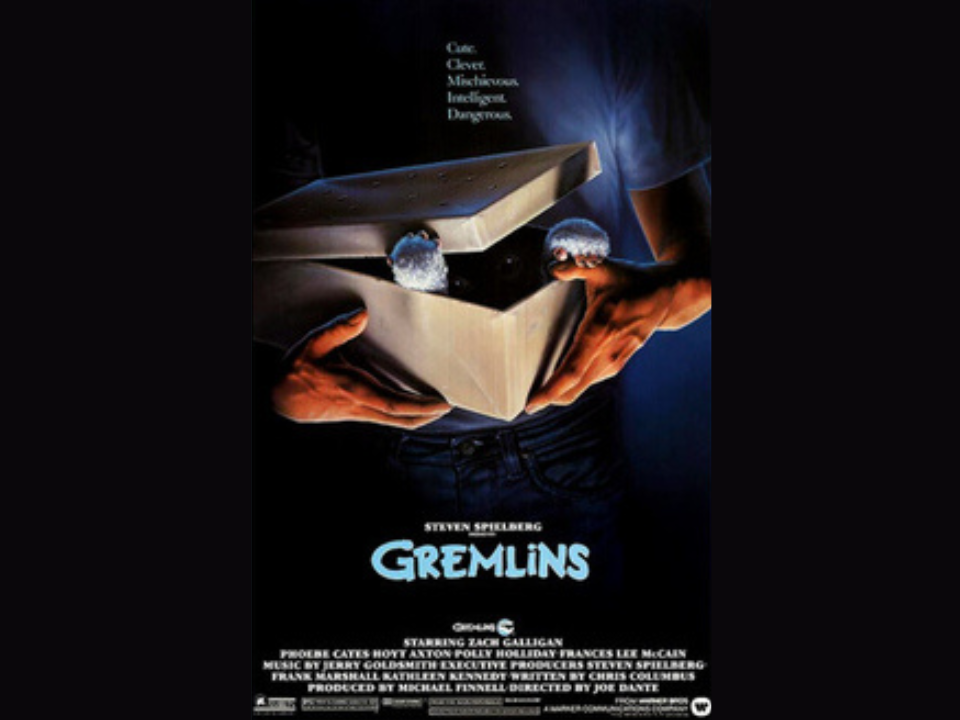
Gremlins blends horror, comedy, and practical effects to create a fun yet terrifying experience. The film’s mischievous creatures were brought to life using puppetry, animatronics, and practical effects, creating a sense of personality and menace in each Gremlin. The film’s effects were supervised by Chris Walas, who used a combination of hand puppets, animatronics, and wire mechanisms to animate the creatures.
The practical effects in Gremlins were key to the film’s charm, as they allowed the Gremlins to move and interact with their environment in a lively and often hilarious way. The animatronics, combined with clever puppet movements, made the Gremlins feel alive, enhancing their impact in the film’s most memorable moments. The practical effects continue to be a standout feature of the film, making it a beloved classic.
This article originally appeared on Avocadu.
